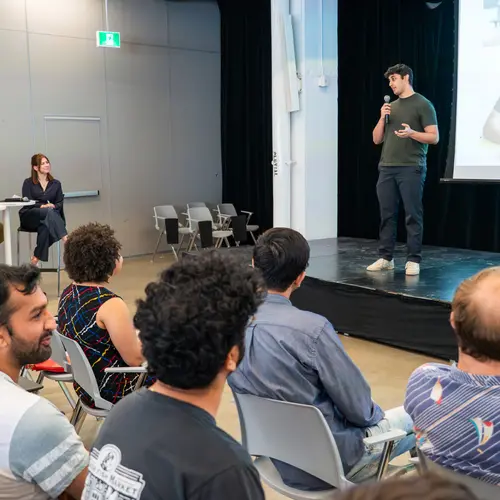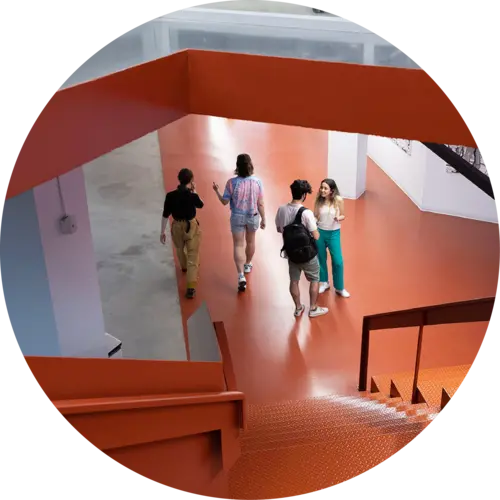
Julie Hussin
Biography
Julie Hussin is an associate professor at the Department of Medecine at the Université de Montréal (UdeM) and a researcher at the Montreal Heart Institute (MHI). She holds a Canadian Research Chair (Tier 2) in Responsible Multi-Omics Data Science, and is the Chair of the graduate programs in bioinformatics at UdeM.
Dr. Hussin was trained in statistical and evolutionary genomics and has significant experience in handling multi-omics datasets from large population cohorts. Her work in computational biology is relevant to medical and population genomics, fields in which she contributed several methodological advances. Her interdisciplinary work aims to develop innovative tools for precision medicine. Her research projects focused on improving risk prediction and management of cardiometabolic disease, particularly in heart failure.
Her approaches integrate various data types, such as clinical, genetic, transcriptomic, proteomic and metabolomic data, to uncover new insights into the biological determinants of heart disease, notably through unsupervised learning techniques. In the context of the COVID-19 pandemic, her group also led the development of data science algorithms to analyze viral genetic data, aid viral surveillance efforts and study host-pathogen interactions and viral evolution. Her work also focuses on interpretability, generalizability, and fairness of machine learning algorithms in health research.
Dr. Hussin is dedicated to promoting fair, safe, and transparent AI in health research and strives for inclusivity and representation to ensure her work benefits all segments of the population. expertise also extends to the field of fair, safe and transparent AI for health research. She also teaches several undergraduate and graduate courses in computational biology and population genetics, as well as machine learning for genomics. Prior to joining UdeM as a professor, she was a Human Frontier Postdoctoral Fellow at the Wellcome Trust Centre for Human Genetics at the University of Oxford (Linacre College), and a Visiting Fellow at McGill University.


